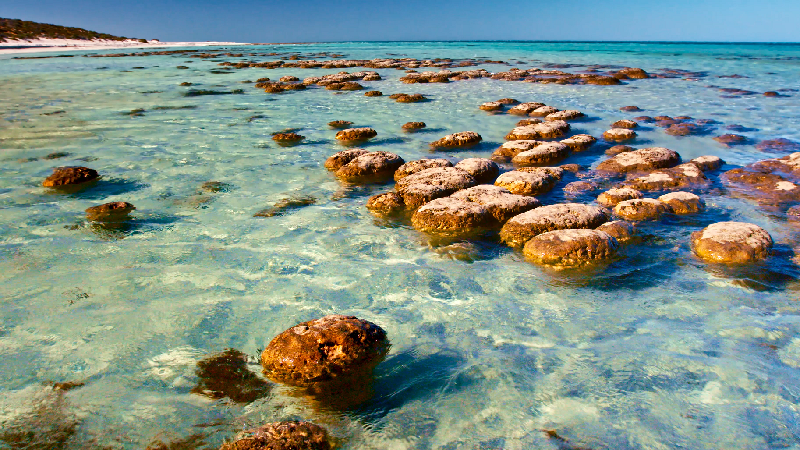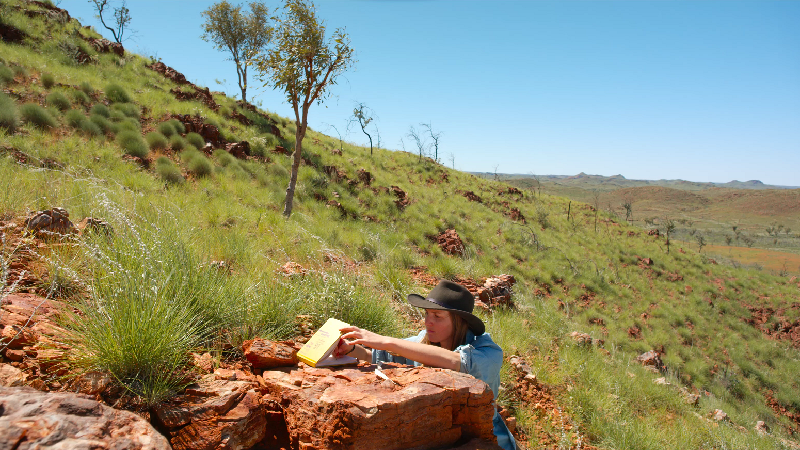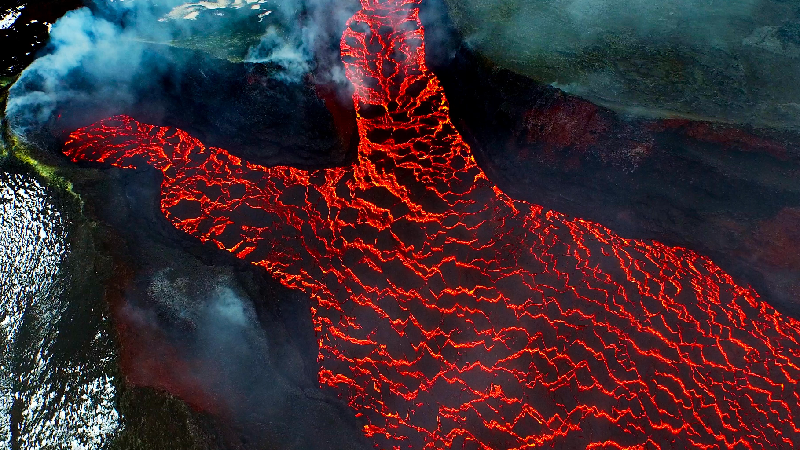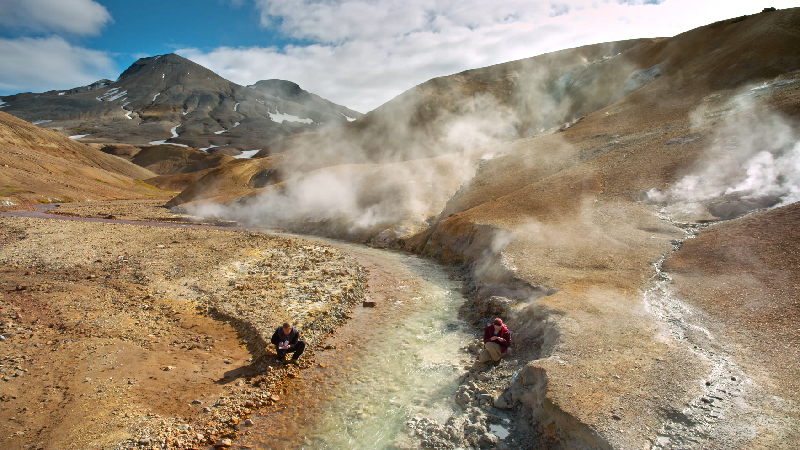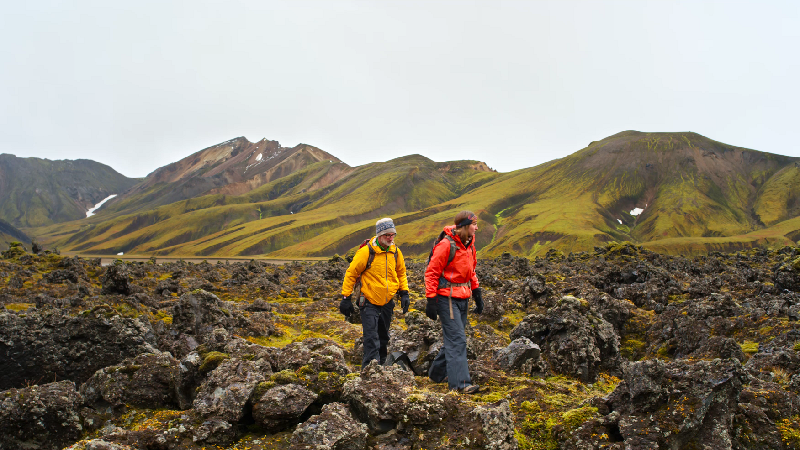Space Museum launches new 3D Omnimax show "The Story of Earth 3D" (with photos)
*******************************************************************************
How did our planet Earth form and evolve? In "The Story of Earth 3D", the audience will find out how the planet was born from star explosions and sculpted by violent collisions in space, and understand the origins of Earth and how it made life not only possible but sustainable. A team of geologists travels around the globe in the film to show the audience clues that help piece together the story of Earth.
The 40-minute show will be screened until June 30 at the museum's Stanley Ho Space Theatre. It will be screened daily at 2.40pm and 6.10pm. An additional show at 11.10am will be available on Sundays and public holidays.
Tickets priced at $24 (front stalls) and $32 (stalls) are available at the Hong Kong Space Museum Box Office and URBTIX (www.urbtix.hk). The museum is closed on Tuesdays (except public holidays), and the first two days of the Chinese New Year. It is closed at 5pm on Chinese New Year's Eve.
The Hong Kong Space Museum is located at 10 Salisbury Road, Tsim Sha Tsui, Kowloon. For further information, please call 2721 0226 or visit the website at hk.space.museum.
Ends/Monday, December 31, 2018
Issued at HKT 15:59
Issued at HKT 15:59
NNNN





